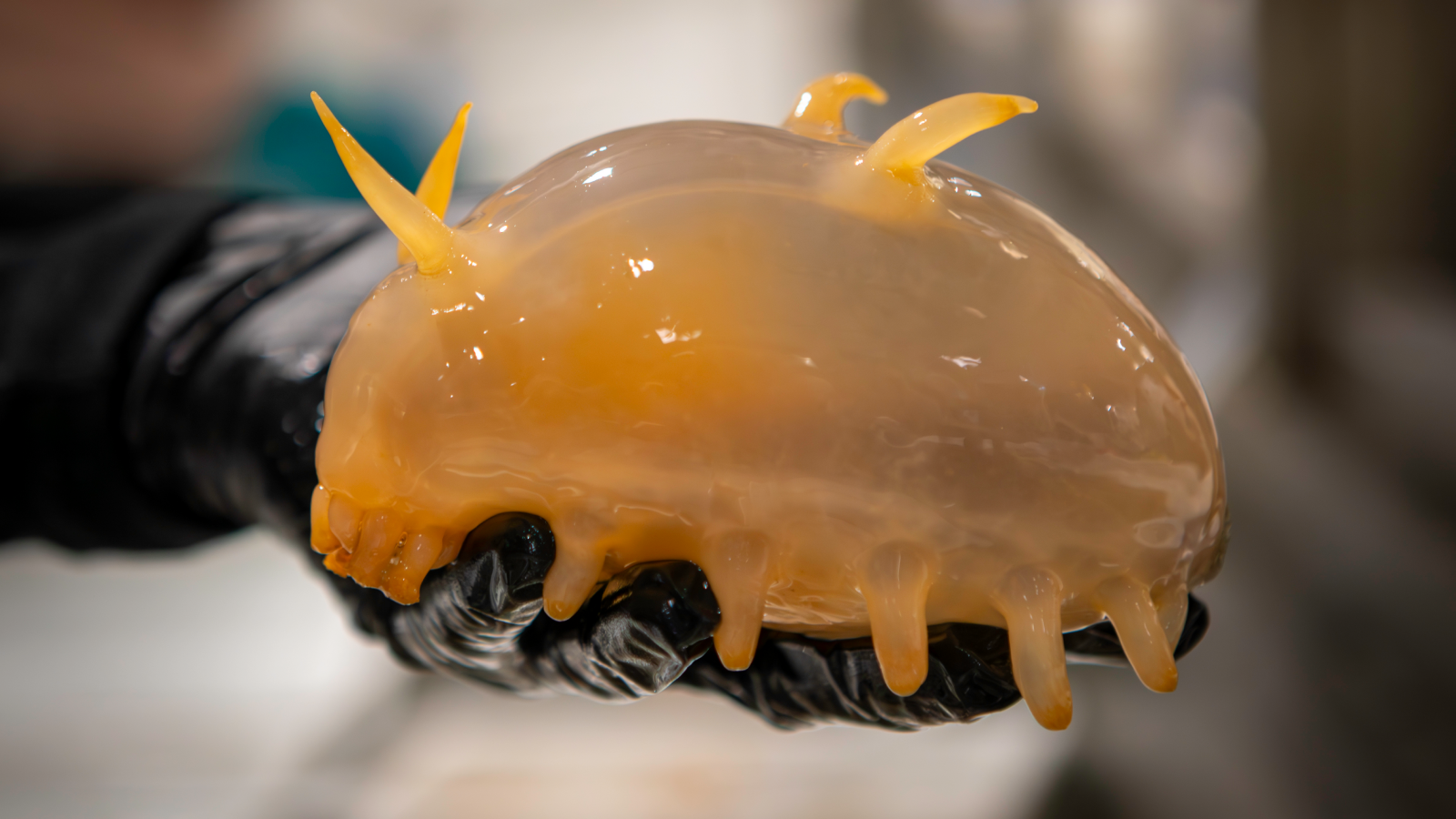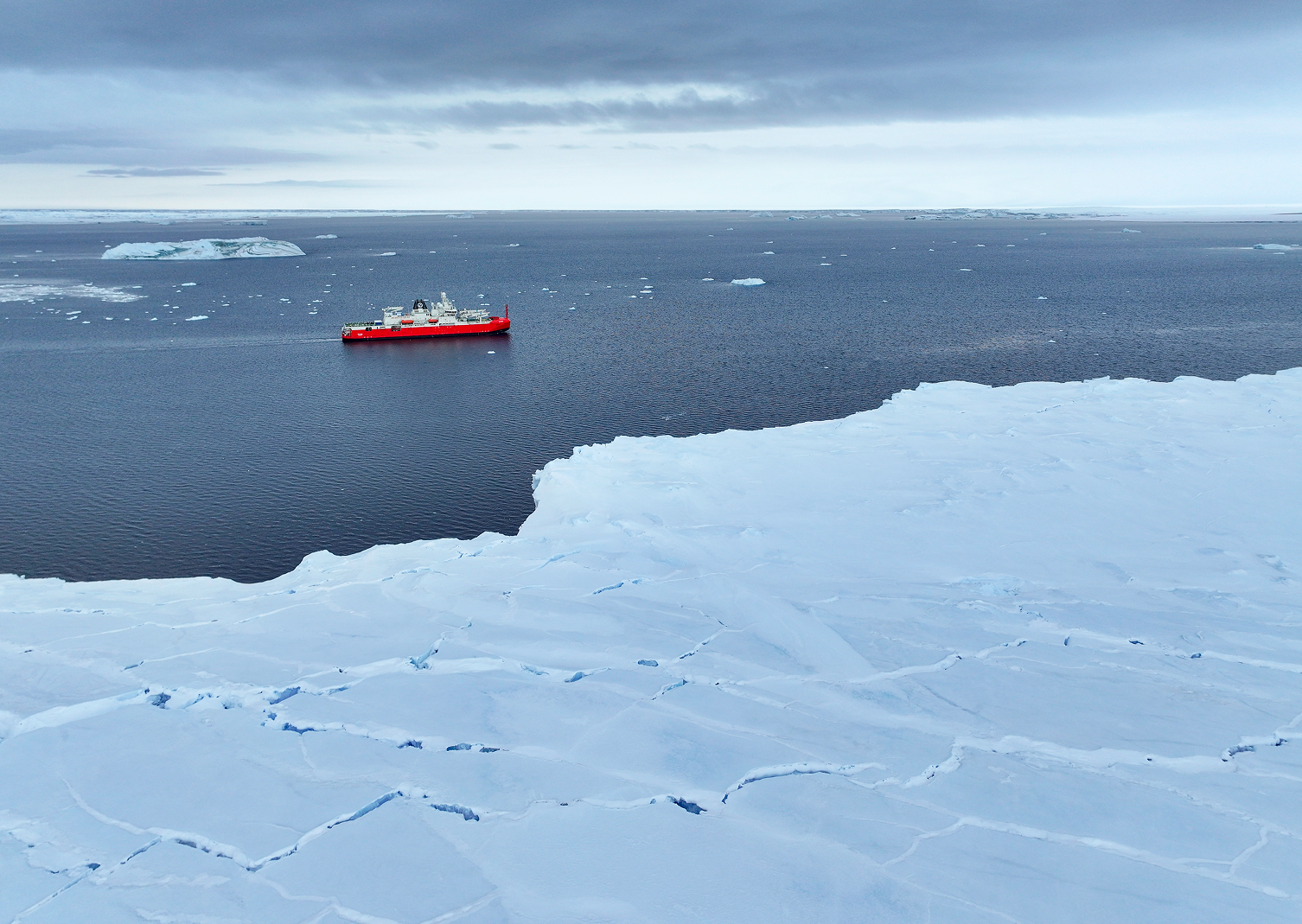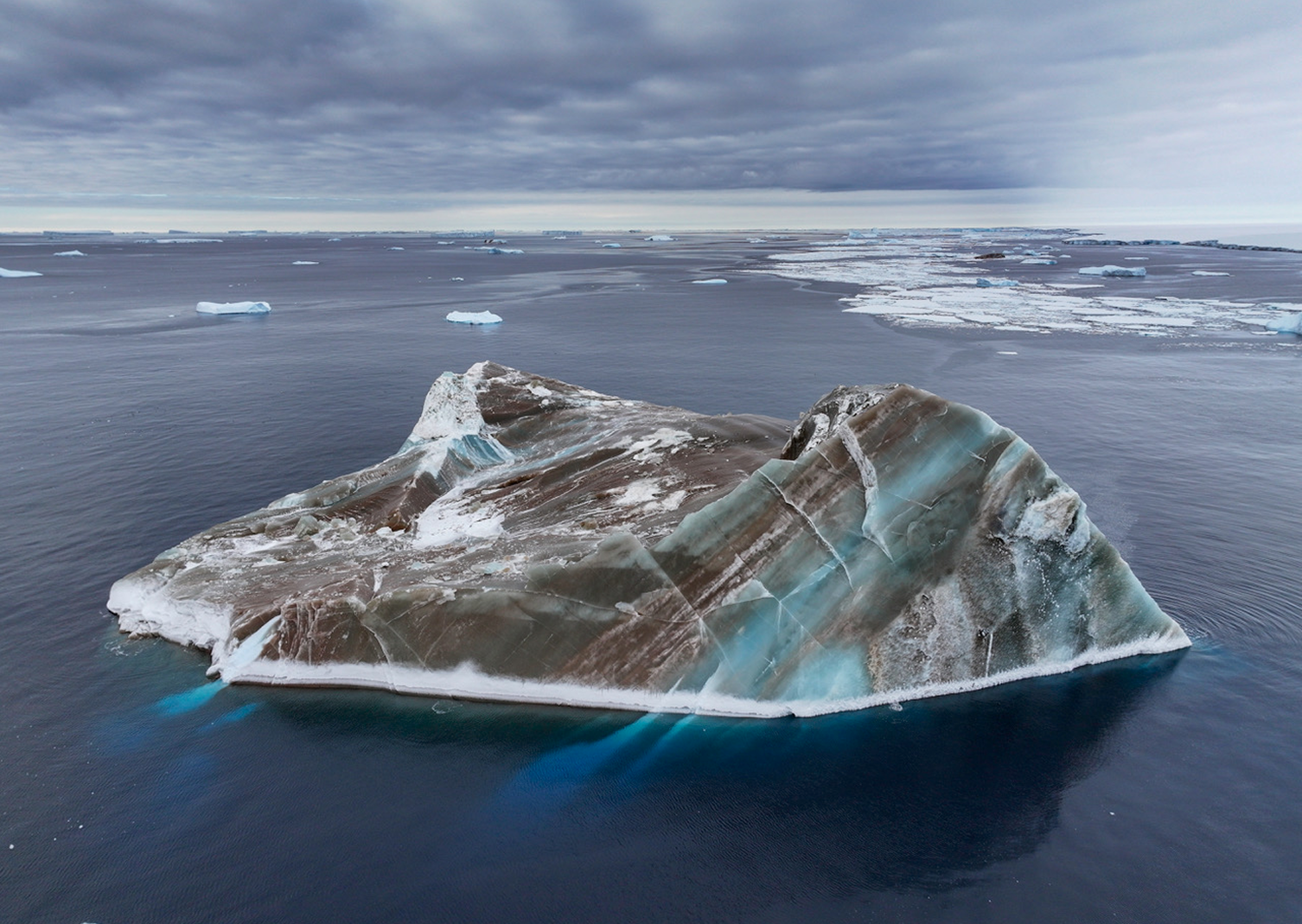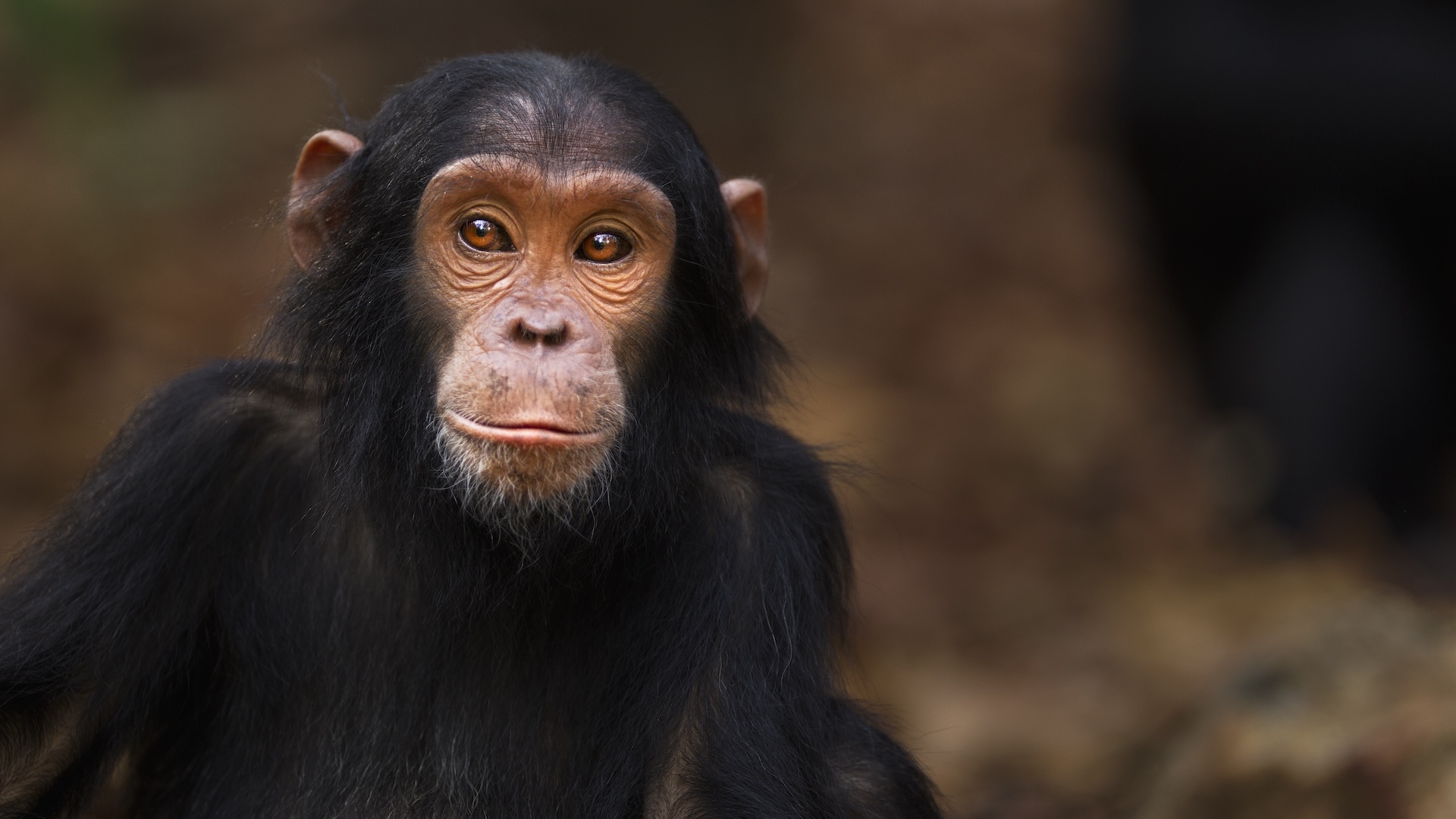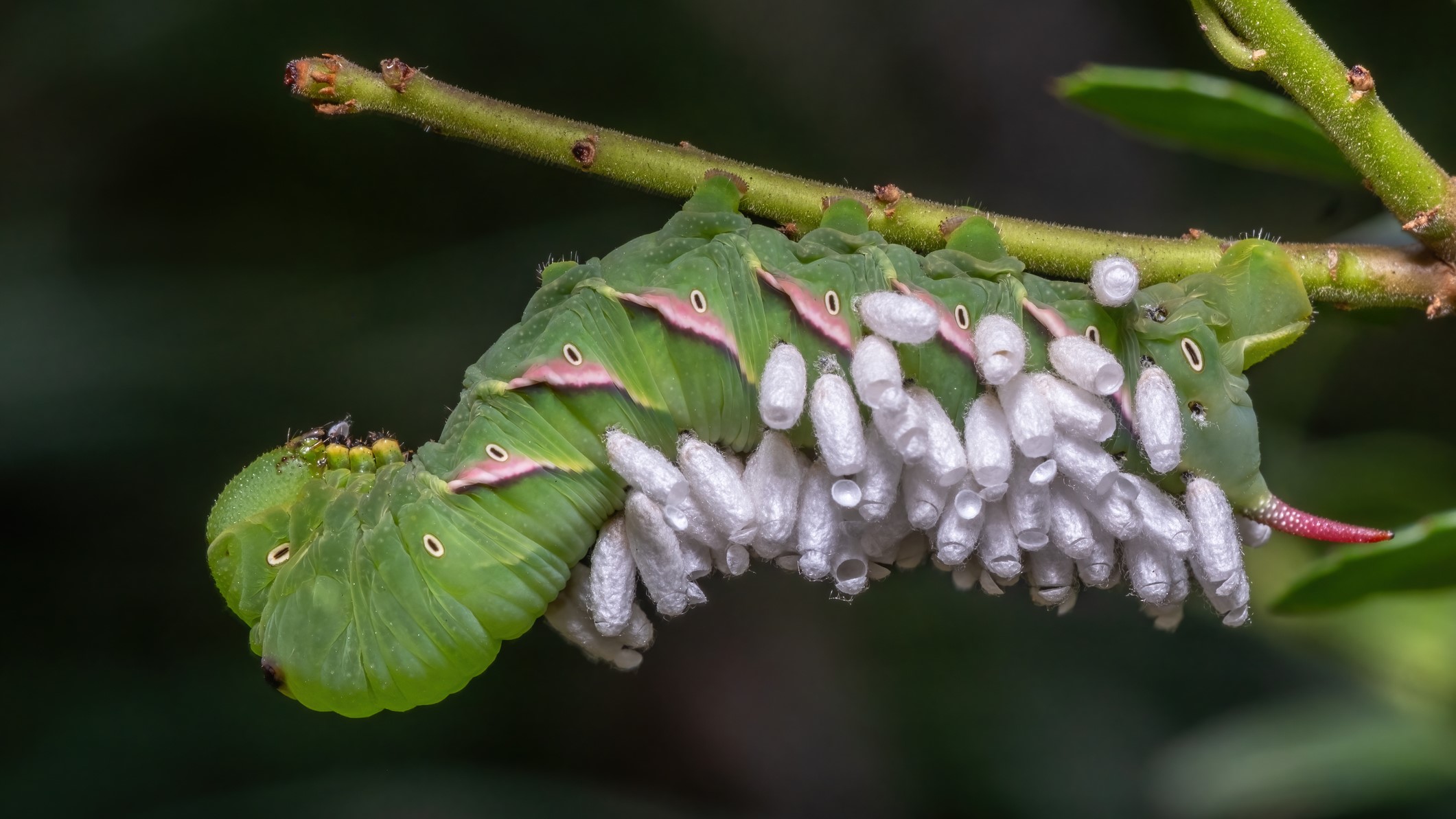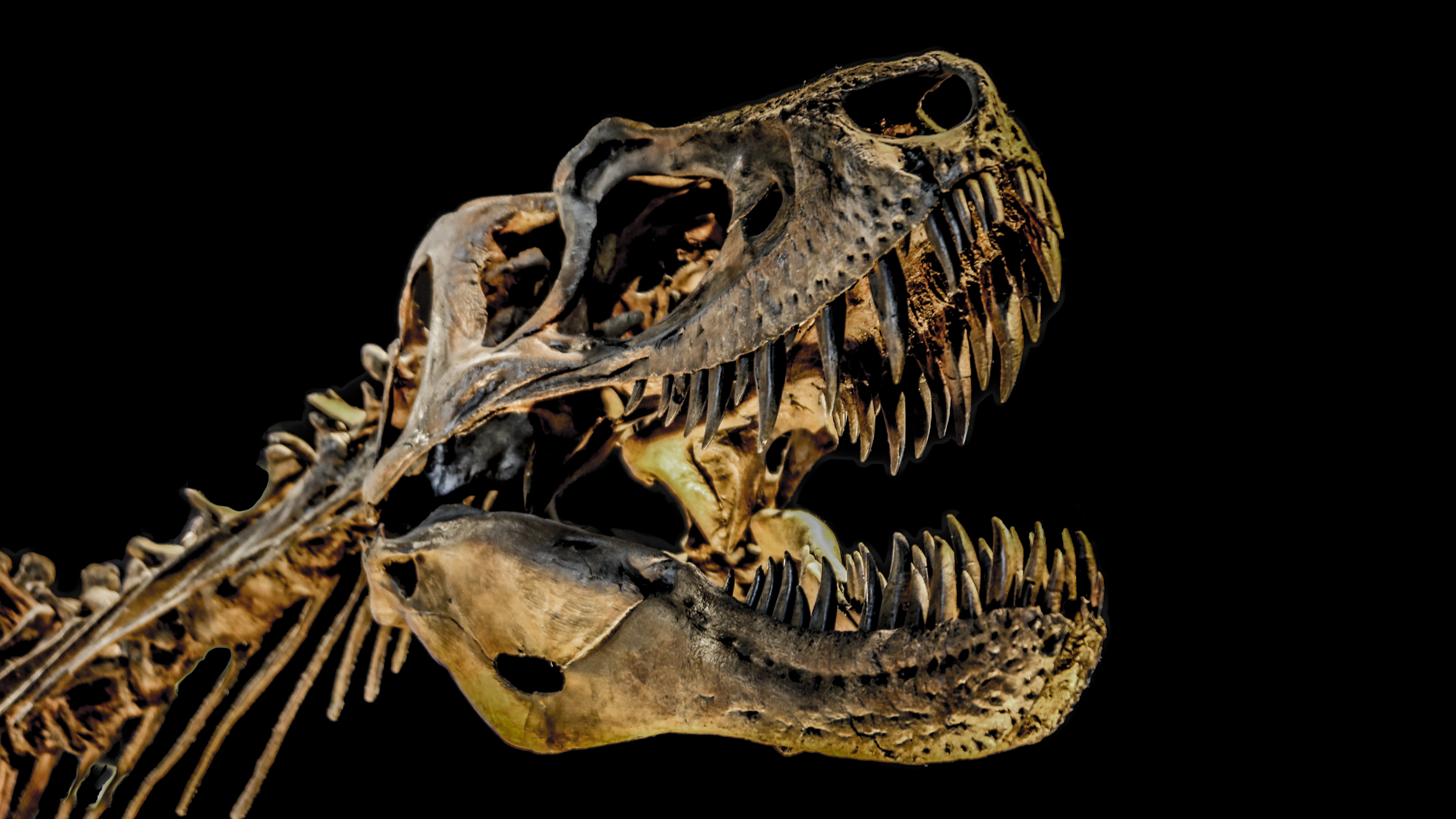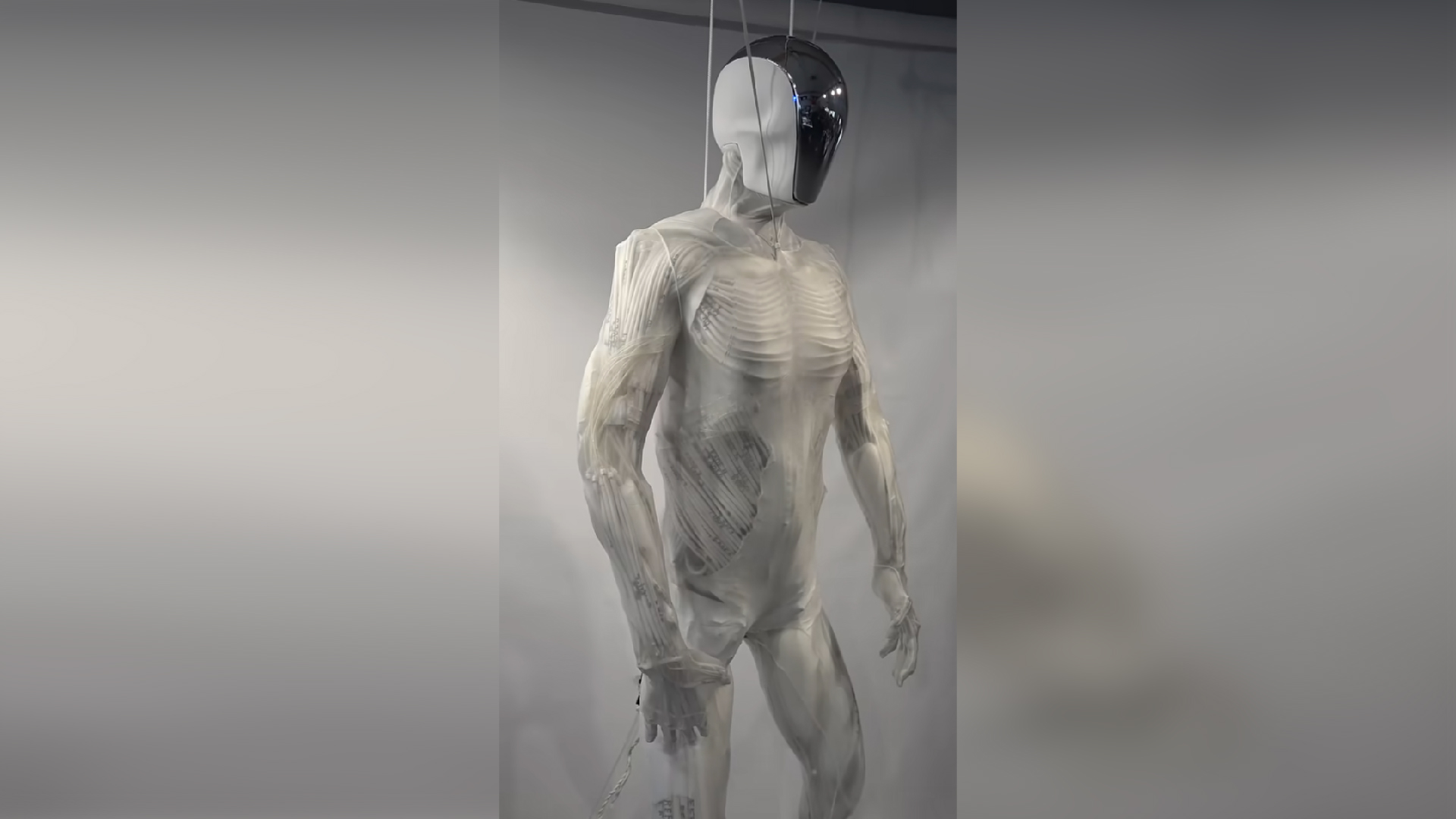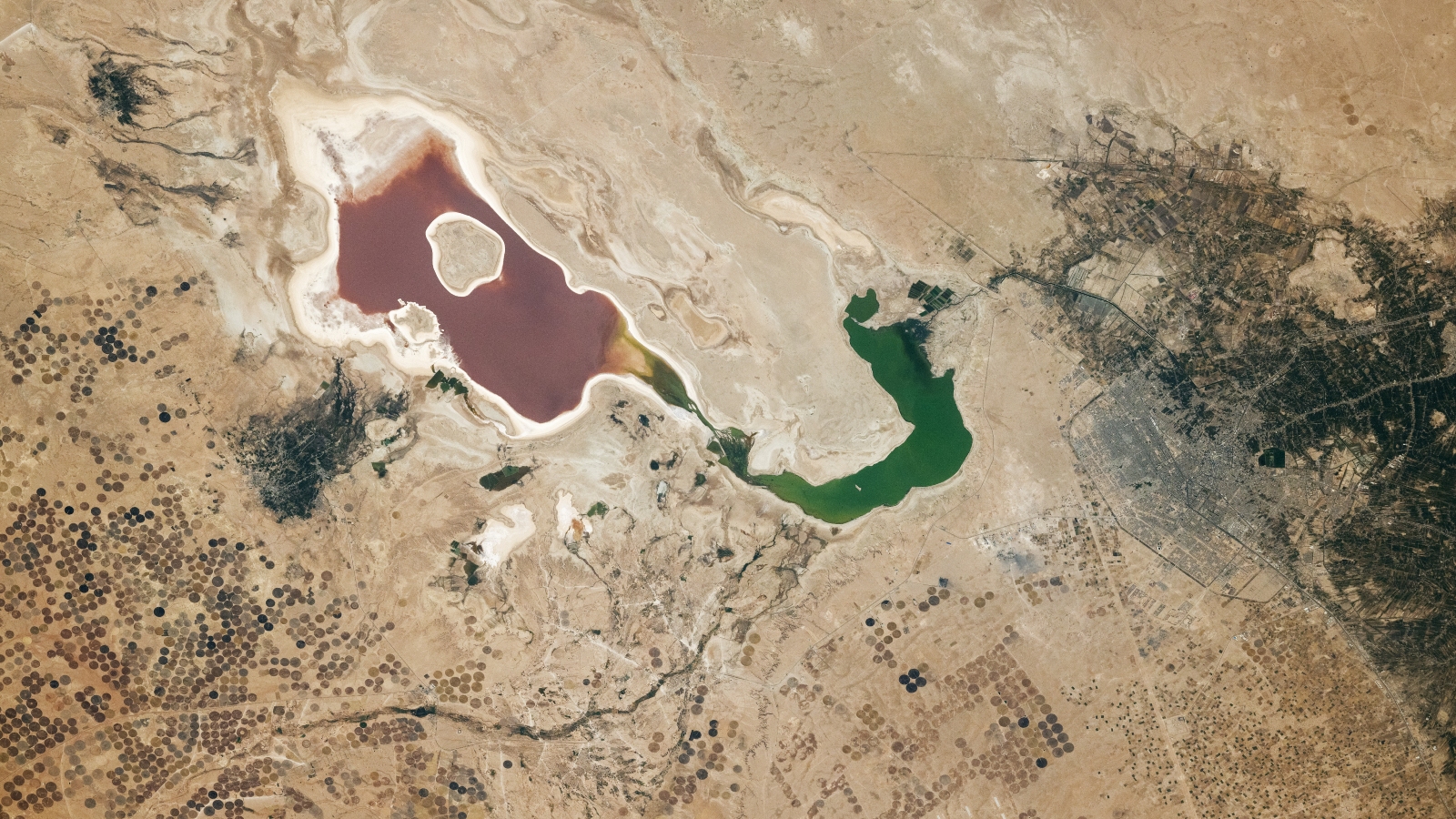Strange creatures straight out of a science-fiction movie have been captured by scientists off the coast of Antarctica.
Pink and bulbous “sea pigs”, hand-sized sea spiders and delicate sea butterflies are among the bizarre animals hauled up from the ocean floor by a team of Australian researchers aboard the icebreaker ship RSV Nuyina, which is on a 60-day voyage across the Southern Ocean to the Denman Glacier.
Some of the weird wildlife may even be previously undiscovered.
“[We’ve collected] a really large diversity of a broad suite of marine life, and likely some new species to science,” Jan Strugnell, a professor of marine biology at James Cook University in Queensland, Australia, told ABC News.
The RSV Nuyina was launched for the Denman Marine Voyage to investigate the effects of warming sea temperatures on the Denman Glacier, which is located about 3,100 miles (5,000 kilometres) south of Australia and has already retreated 3.1 miles (5 km) between 1996 and 2017/2018. It is considered the fastest-melting glacier in East Antarctica.
Along the way, the ship’s researchers have been trawling the sea floor to bring up a huge variety of unusual organisms from the deep.
One of the strangest creatures was a sea pig. These bizarre animals are a type of sea cucumber and measure around 1.5 to 6 inches (4 to 15 centimeters) long. They get their name from their squishy, bloated bodies and stubby little legs, which make them vaguely resemble pigs. Sea pigs live on the sea floor, between 3,300 to 19,500 feet (1 to 6 km) below the ocean’s surface, and feed on the organic material that falls from the upper ocean layers, sometimes called “marine snow.”
The scientists also fished out sea spiders “as big as your hand” and sea stars “that grow to the size of a dinner plate,” according to Strugnell.
Sea spiders are not true spiders, but instead belong to a separate group of arthropods, more closely related to crabs than the arachnids that live on land. They have eight long, thin legs and tiny bodies, with some species having a leg span of up to 20 inches (51 cm).
There are over 1,300 species of sea spider, which are found on the sea floor in a wide range of environments, including depths of up to 13,100 feet (4 km). Their bodies are so small that some of their organs — including parts of the gut and reproductive systems — are stuffed into their legs.
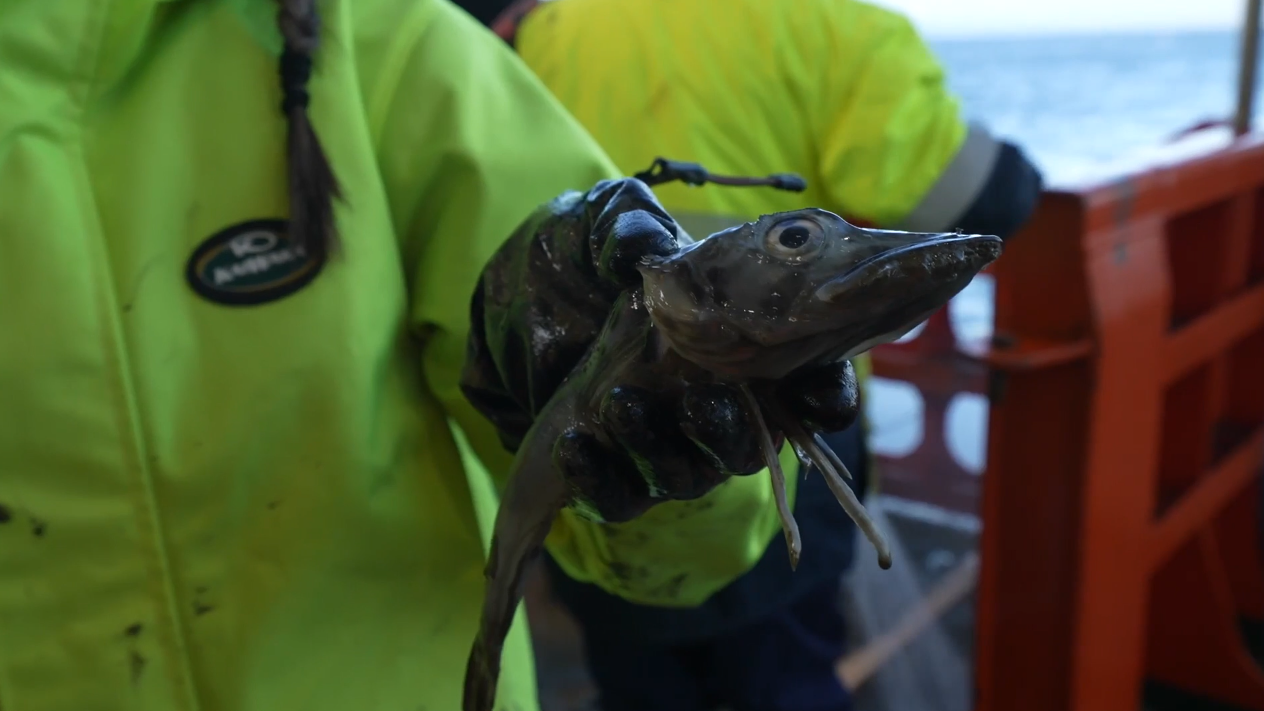
The researchers on the ship were able to capture the most minuscule and fragile creatures thanks to a special “wet well,” which is a tank that holds seawater and is used to keep marine organisms alive and in good condition after they are collected from the ocean.
One organism that they were able to study was a sea butterfly, a type of sea snail that looks like it flies through the water. The sea butterfly specimen — nicknamed “Clio” by the scientists — laid eggs in one of the aquariums on the ship, allowing the researchers to study how these eggs developed for the very first time.
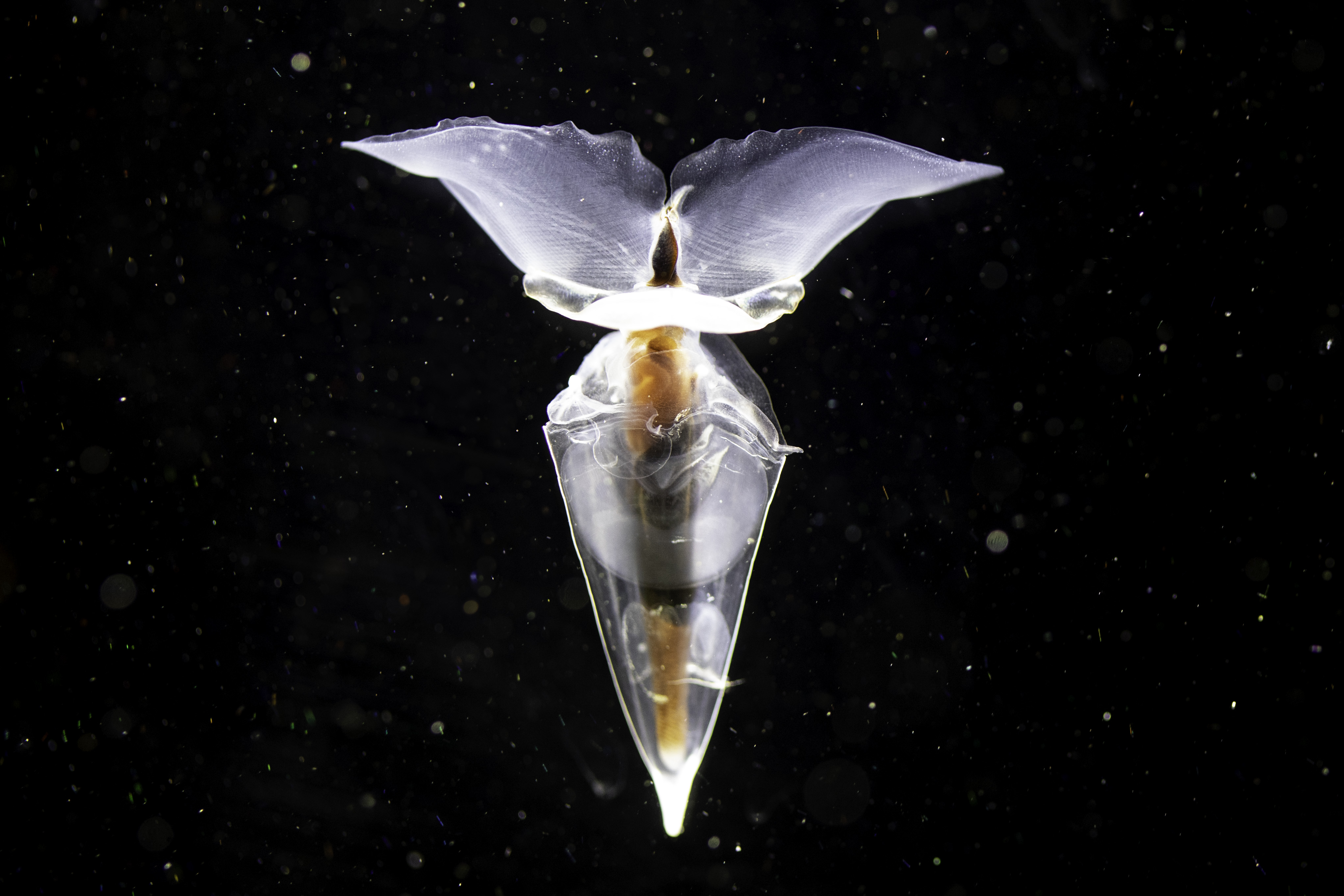
“The team is super excited about having the little creature and observing it and looking after it, so that it tells all the secrets that have been hidden until now,” Laura Herraiz Borreguero, an oceanographer at the Commonwealth Scientific and Industrial Research Organisation (CSIRO) and the Australian Antarctic Program Partnership (AAPP), told ABC News.
Along with collecting creatures from the deep, the researchers have also been taking samples of seawater near the edge of the glacier to analyze temperature, salinity, oxygen and the level of metals present at different depths.
“For us to really understand how much heat enters the ice shelf, we need to be as close as possible to understand these processes and properties of the ocean,” Herraiz Borreguero said.
“The system is changing. And it is really important that we observe the change so that we keep on challenging those climate models we rely on for our mitigation and adaptation strategies.”





